Basalt Fiber Properties (2021 update)
Basalt fiber is a relative newcomer to fiber reinforced polymers (FRPs) and structural composites. It has a similar chemical composition as glass fiber but has better strength characteristics, and unlike most glass fibers is highly resistant to alkaline, acidic and salt attack making it a good candidate for concrete, bridge and shoreline structures.
2021 update: No longer a newcomer, basalt FRPs are competing with E-glass FRPs in the marketplace. Similar in mechanical properties, basalt FRPs have gained the equivalent mechanical properties of E-glass FRPs with the Florida Department of Transportation (FDOT) and other agencies.
Compared to carbon and aramid fiber, it has the features of wider application temperature range -452° F to 1,200° F (-269° C to +650° C), higher oxidation resistance, higher radiation resistance, higher compression strength, and higher shear strength. (Note that application temperatures of FRPs are limited by the glass transition temperature of the matrix, which is lower than the application temperature of the fibers.)
Producing fibers from basalt was researched during the cold war by the old Soviet Union and limited commercial research and production was done in the U.S. during the same period. The Soviets researched basalt as a source of fiber for ballistic resistant textiles.
The price of fibers made from basalt is higher than those made of E-glass, but less than S-glass, aramid or carbon fiber and as worldwide production increases, its cost of production should reduce further.
2021 update: Basalt and E-glass fibers have similar production costs, putting basalt and glass FRP products on similar pricing.
Source of Basalt Fiber
|
Basalt is a type of igneous rock formed by the rapid cooling of lava at the surface of a planet. It is the most common rock in the Earth’s crust.[1] Basalt rock characteristics vary from the source of lava, cooling rate, and historical exposure to the elements. High quality fibers are made from basalt deposits with uniform chemical makeup. The production of basalt and glass fibers are similar.
Crushed basalt rock is the only raw material required for manufacturing
the fiber. It is a continuous fiber produced through igneous basalt
rock melt drawing at about 2,700° F (1,500° C).[2] |
Though the temperature required to produce fibers from basalt is higher than glass, it is reported by some researchers that production of fibers made from basalt requires less energy by due to the uniformity of its heating.
Mechanical Properties
| Fiber Type | Specific Gravity | Tensile Strength ksi (MPa) | Elastic Modulus, ksi (GPa) | Strain at Break, in/in (mm/mm) |
|---|---|---|---|---|
| Basalt | 2.7 | 400-695 (2800-4800) | 12,500-13,000 (86-90) | 0.0315 |
Basalt as a fiber used in FRPs and structural composites has high potential and is getting a lot of attention due to its high temperature and abrasion resistance. Compared to FRPs made from glass, aramid and carbon fiber, its use in the civil infrastructure market is very low.
2021 update: Basalt based FRPs are compared head-to-head with glass based FRPs in material properties and cost as equals.
|
Although current research shows that the structural behavior, including long-term deflections due to creep and cyclical loading is similar to glass fiber, internationally recognized code authorities have yet to acknowledge basalt in their codes. This puts the use of basalt at a disadvantage until the American Concrete Institute, Canadian Standards Association, Fédération Internationale du Béton (International Federation for Structural Concrete), and others provide specific design guidance for its use. Recognition and engineering design of basalt composites should continue to climb as research substantiates current knowledge and code authorities adopt its strength characteristics. 2021 update: CSA included explicitly basalt fibers in its design guidance. FDOT design guidance provides basalt FRPs the same equivalent to glass FRPs. |
For More Information
Send Prince-Lund Engineering, PLC a message with questions or comments on this topic (This link takes you to the email contact form). We’re inclusive, not exclusive. That means engineering is discussed in a way that’s easy, understandable and productive. You’ll enjoy what you can build with Prince-Lund.
References used on this Page
- Hancock, Paul and Skinner, Brian J. "basalt." The Oxford Companion to the Earth. 2000. Encyclopedia.com.
- “Continuous basalt fiber sector in shaping. (Statistics)” China Chemical Reporter. July 6, 2010. highbeam.com.
- Palmieri, A., Matthys, S., and Tierens, M. “Basalt fibres: Mechanical properties and applications for concrete structures.” Taylor and Francis Group. 2009. crcnetbase.com.
<- Return from Basalt Fiber back to FRP Reinforcement Engineering
<- Return to Prince-Lund Engineering, PLC Home Page
Prince-Lund Engineering
Quick Contacts
Email:
Go to the Contact Form to email directly.
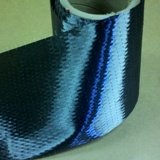
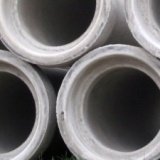
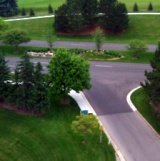



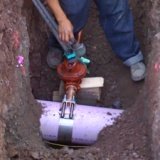
Looking for Design Software? Try FRPpro™ free!
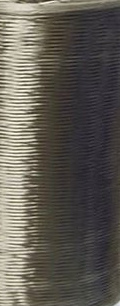
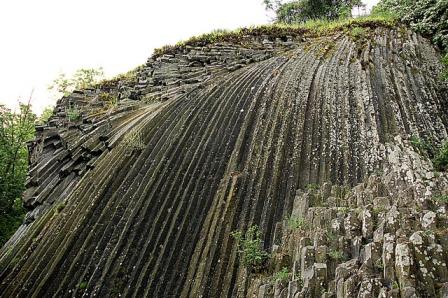
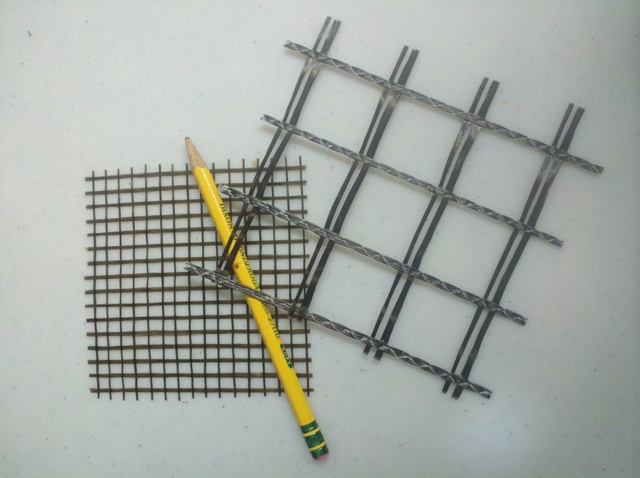
New! Comments
Please Ask Questions! Your Opinion Counts!